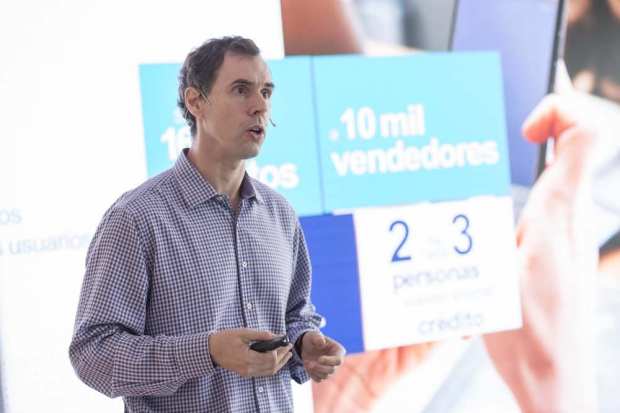MercadoLibre: The ‘Amazon Of Latin America’ Spreads Its Wings

Imagine if a North American company had the market share of Amazon, the payment flexibility of PayPal and the credit portfolio of Visa. In Latin America, such a company exists in the form of MercadoLibre, a triple-threat regional financial powerhouse based in Argentina. It is one of the region’s fastest-growing companies, having just turned in a stellar first quarter in a region that has more complexities than any of its northern neighbors.
MercadoLibre is an eCommerce platform similar to Amazon, with its own payments infrastructure that has grown into credit, mobile payments and asset management capabilities. It now operates in 18 countries in Latin America. According to eMarketer, eCommerce made up about 4 percent of the total spent last year in Latin America, due mostly to its cash-heavy economy. The company’s total revenue increased by 59 percent in 2019 to $2.30 billion, while first-quarter revenue increased by 38 percent to $652 million.
MercadoLibre describes its marketplace as the “Amazon of the company.” As many stateside eCommerce companies saw in the early weeks of the pandemic, sales of all goods started out slowly at the end of March. However, from then until May, the platform saw similar spikes to Amazon. Its growth rate in April accelerated to 75.8 percent year over year for items sold and it saw a 72.6 percent growth in revenue.
The credit and payments arm is executed through a different platform called Mercado Pago. Osvaldo Giménez, executive vice president and CEO of FinTech, which includes Mercado Pago, told PYMNTS that the region is complex, with different regulations governing each of the 18 countries where it trades.
“I would say the most relevant variables across Latin America are banking penetration and credit card penetration,” Gimenez noted. “One difference is the use of debit cards online. For example, in Brazil, it’s very hard to use debit cards online, as most issuers don’t let consumers perform online credit card transactions. Since some people don’t have access to bank accounts or online payment methods, there is an option to pay using cash in most countries.”
Therein lies the value proposition for Mercado Pago. It launched as the eCommerce industry took off in 2003, and has seen a surge in usage with the pandemic. Its growth during the second half of March was 95.4 percent year over year. By April, the growth rate had accelerated to 155.6 percent. Unique active users grew 30.9 percent, reaching 43.2 million. Total payment transactions increased 102 percent year over year, totaling 290.7 million transactions for the quarter.
With 18 countries and 600 million people squeezed into a relatively small geographical area, cross-border payments are a standard business practice for Mercado Pago. That means anti-fraud measures have 18 different varieties, as do other financial regulations. Thus, fighting fraud is one of Gimenez’s priorities.
“In many cases, you see increased attempts at fraud with cross-border transactions,” he noted. “In some cases, these are drop-shipped transactions where someone is typically shipping from China into Latin America. And the extra challenge is that shipping times are usually longer. If the user does not receive whatever he or she is buying from China, it takes longer to realize that, and they may have already settled the payment with the merchant. We also used to see spikes in fraud attempts coming from Eastern Europe, but we’re not seeing that anymore.”
Mercado Pago has also capitalized on mobile payments by launching mPOS capabilities and a mobile wallet. In Q1, its mobile wallet delivered $1.3 billion in transactions, leading to 299.2 percent in YOY growth. Its mobile consumer base grew by 155.1 percent compared to the first quarter of 2019, surpassing eight million unique users.
“This is a wallet that enables peer-to-peer transactions, but you can also pay for utilities, top off your mobile phone and do QR code co-payments,” said Gimenez. “Our QR code payments have been growing significantly, first in Argentina and then in Brazil, and we recently launched in Mexico to provide an offline alternative. mPOS enables consumers to drive acceptance, but they still have to buy a device. With QR codes, they don’t need to buy anything — they just download our app and can start taking payments right away, with cards or debit or any payment methods available on Mercado Pago.”
All of the Mercado Libre FinTech products have been created, designed and deployed in-house, which Gimenez said comes with the territory of being a regional specialist.
“The reason we had to develop so many things in-house when we started Mercado Pago was that we didn’t find a solution in the market,” he noted. “Even today, when we look at our competitors, most of them are already strong in one or at the most two countries. Nobody’s serving the entire Latin America region, probably because of the complexity and scope of the products we serve.”
